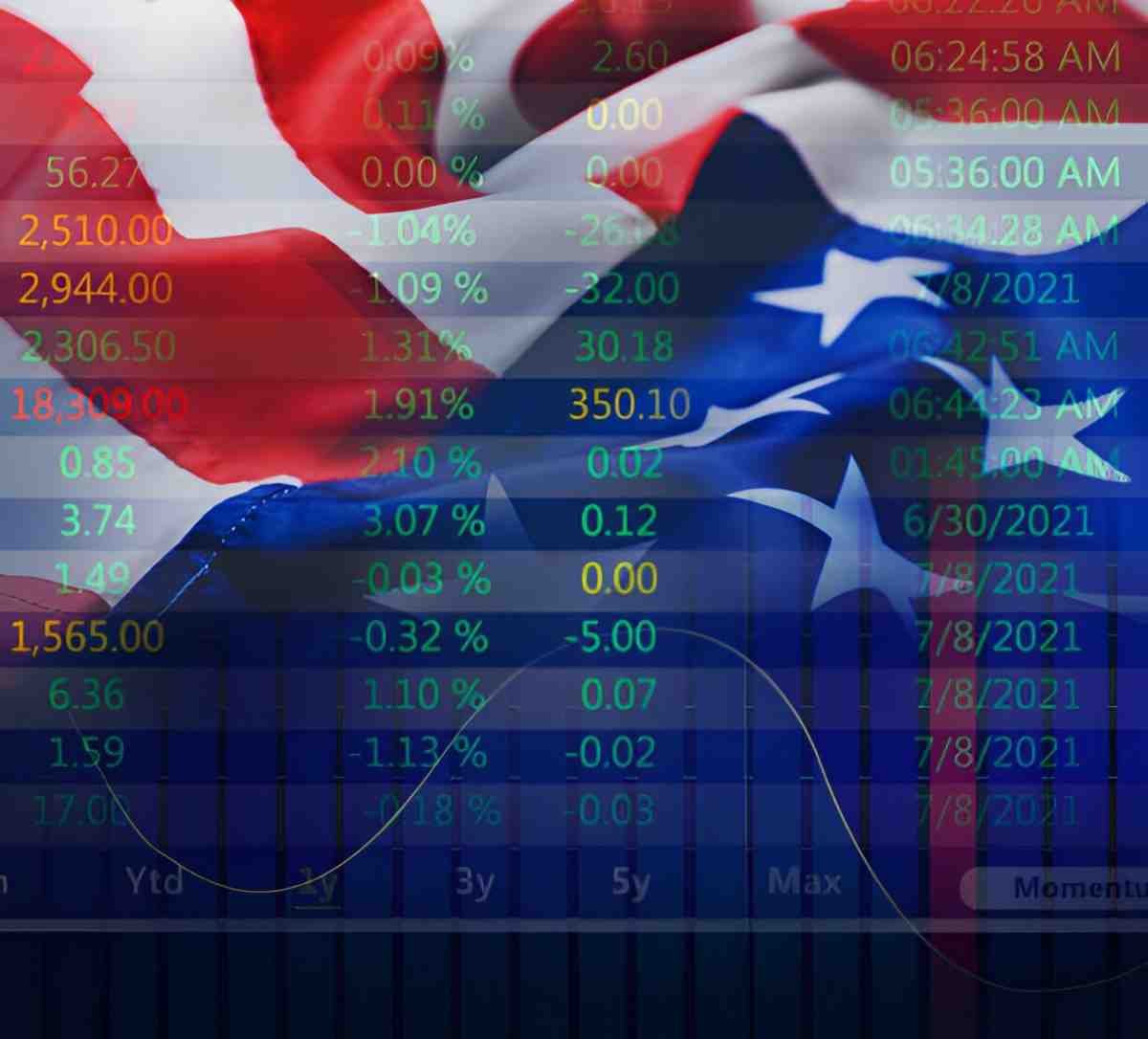Introduction
Americans participate in the stock market through various channels, with mutual funds and pension plans being two of the most common. Whether saving for retirement, building wealth, or hedging against inflation, U.S. investors rely on these vehicles to grow their money. In this article, I break down how Americans invest in equities, the role of mutual funds and pensions, and how these choices compare to alternatives like ETFs, individual stocks, and real estate.
Table of Contents
How Americans Invest in the Stock Market
The U.S. stock market is the largest in the world, with over $50 trillion in market capitalization. According to the Federal Reserve’s Survey of Consumer Finances (2022):
- 58% of U.S. households own stocks directly or indirectly.
- 52% invest through retirement accounts (401(k)s, IRAs, pensions).
- Only 15% own individual stocks outside of funds.
This data shows that most Americans access the market indirectly—through mutual funds, pension plans, and ETFs—rather than picking individual stocks.
Breakdown of Stock Market Participation
| Investment Vehicle | % of U.S. Households Using It | Key Characteristics |
|---|---|---|
| Mutual Funds | 45% | Professionally managed, diversified, common in 401(k)s |
| Pension Plans | 33% | Employer-sponsored, defined-benefit or defined-contribution |
| ETFs | 14% | Lower fees, trade like stocks, tax-efficient |
| Individual Stocks | 15% | Higher risk, requires research, potential for higher returns |
| Robo-Advisors | 8% | Automated, low-cost, algorithm-driven portfolios |
Source: Federal Reserve, Investment Company Institute (2023)
Why Mutual Funds Dominate U.S. Stock Market Investing
1. Retirement Accounts Favor Mutual Funds
Most Americans first encounter the stock market through employer-sponsored retirement plans:
- 401(k) Plans – Over 60 million Americans have a 401(k), and most options are mutual funds.
- IRAs – Traditional and Roth IRAs often default to mutual funds for diversification.
Since these accounts automate contributions (often with employer matching), investors stick with mutual funds out of convenience.
2. Diversification Without Effort
Few investors have the time to research and manage a portfolio of individual stocks. A single mutual fund can hold hundreds of companies, reducing risk.
Example:
- An S&P 500 index fund gives exposure to 500 large-cap stocks in one purchase.
- An actively managed growth fund might hold 50-100 high-potential stocks selected by professionals.
3. Professional Management
Most people lack the expertise to analyze financial statements or predict market movements. Mutual funds delegate this work to portfolio managers, making investing accessible to the average person.
The Role of Pension Plans in Stock Market Investing
Pension plans come in two main forms:
- Defined-Benefit (Traditional Pensions)
- Employer guarantees a fixed payout at retirement.
- Investments are managed by professionals (often in stocks/bonds).
- Becoming rare in the private sector (only 15% of workers have them).
- Defined-Contribution Plans (401(k), 403(b))
- Employee contributes, often with employer matching.
- Funds are typically invested in mutual funds or target-date funds.
- Over 70% of private-sector workers rely on these.
How Pensions Invest in the Stock Market
Most pension funds allocate a portion to equities:
| Pension Type | Typical Stock Allocation | Risk Level |
|---|---|---|
| Corporate Pensions | 50-60% | Moderate |
| Public Pensions (State/Municipal) | 60-70% | Moderate-High |
| 401(k) Plans | Varies (often 60-80% stocks for younger workers) | Depends on fund choices |
Example:
A 30-year-old worker’s 401(k) might be:
- 60% U.S. stock mutual fund
- 20% International stock fund
- 15% Bond fund
- 5% Money market (cash equivalent)
Comparing Mutual Funds and Pension Plans to Other Investments
Mutual Funds vs. ETFs
| Factor | Mutual Funds | ETFs |
|---|---|---|
| Trading | Priced once per day (NAV) | Trade like stocks (intraday pricing) |
| Fees | Higher expense ratios (avg. 0.50-1%) | Lower fees (avg. 0.10-0.30%) |
| Tax Efficiency | Less efficient (capital gains distributions) | More efficient (in-kind redemptions) |
| Minimum Investment | Often $1,000+ | Can buy single shares |
Verdict: ETFs are growing in popularity, but mutual funds still dominate retirement accounts due to automatic investing features.
Pension Plans vs. Self-Directed Investing
| Factor | Pension Plans | Self-Directed (Stocks/ETFs) |
|---|---|---|
| Control | Limited (employer chooses options) | Full control over picks |
| Effort Required | Minimal (auto-deductions) | High (research, monitoring) |
| Risk | Diversified, professionally managed | Depends on investor skill |
| Fees | Often hidden in plan costs | Transparent (brokerage commissions) |
Verdict: Pensions offer hands-off investing, while self-directed investing suits those who want control.
The Future of U.S. Stock Market Investing
Trends shaping how Americans invest:
- Decline of Pensions, Rise of 401(k)s
- Only 15% of private workers have pensions today vs. 35% in 1990.
- 401(k)s now dominate, pushing more people into mutual funds.
- Growth of ETFs and Passive Investing
- ETFs now hold $7 trillion in assets, up from $1 trillion in 2010.
- Younger investors prefer low-cost index ETFs over actively managed mutual funds.
- Rise of Retail Trading (Individual Stocks, Options)
- Apps like Robinhood have made stock-picking more accessible.
- Still, only 15% of households own individual stocks.
Key Takeaways
- Most Americans invest in stocks via mutual funds and pensions—not individual stock picking.
- 401(k)s and IRAs drive mutual fund growth, making them the default choice for retirement.
- ETFs are gaining ground due to lower fees, but mutual funds still dominate retirement plans.
- Pensions are fading, shifting responsibility to workers to manage their own 401(k)s.
- Self-directed investing remains niche—most prefer the convenience of funds.
Conclusion
The average American invests in the stock market indirectly—through mutual funds in 401(k)s, pension plans, and ETFs. While alternatives like individual stocks and robo-advisors exist, most households stick with diversified, professionally managed funds for long-term growth. As investing evolves, low-cost index funds and ETFs may gradually replace traditional mutual funds, but for now, they remain the backbone of U.S. stock market participation.





